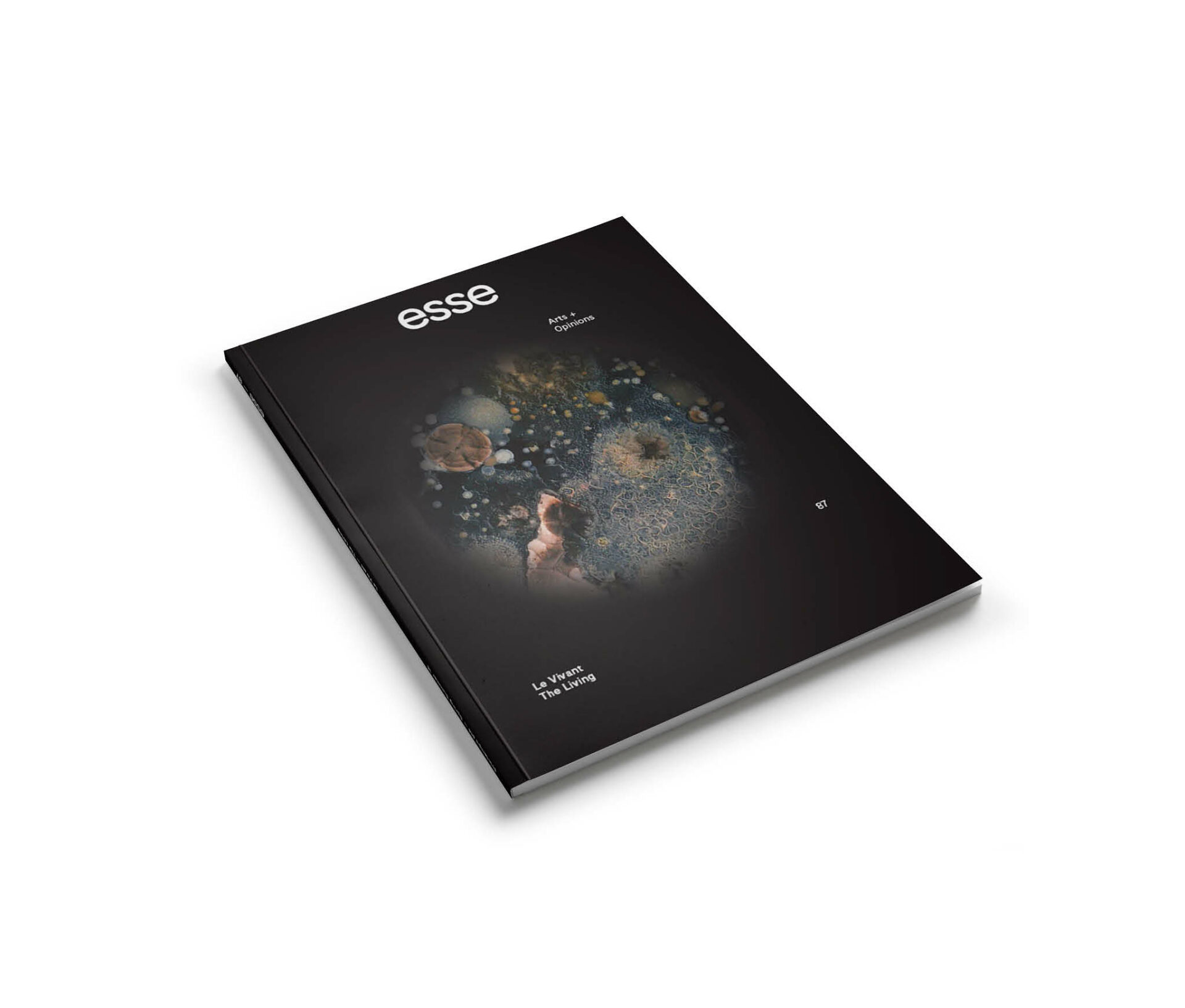Surrounding the Living
Undeniably, mises en scène of the living are fascinating — even spectacular. Whether the works are charming, provocative, or downright shocking, the presence of living beings always exerts a strong attraction.
The best-known examples in contemporary art use animals as materials. In such works, animals are naturalized, decontextualized and recontexualized, reproduced, genetically manipulated, and sometimes even put to death, live or recorded. The reification of the living poses major ethical and moral questions that cry out for debate. However, we thought long and hard before devoting an issue to the subject, out of fear that we might be participating, involuntarily, in the overexposure and sanctioning of ethically disputable works. For there is no doubt that the displacement of living beings into the field of art often implies concealing their intrinsic value in favour of the artistic, symbolic, or market value that is bestowed upon them.
Due to art historians’ recent interest in the field of animal studies, as well as esse’s desire to contribute to awareness and transformation of humans’ relationship of domination with nature and the realm of the living, we were nevertheless encouraged to take a closer look at this phenomenon. We decided to address the subject through a non-anthropocentric perspective.
The thematic section opens with an interview with Giovanni Aloi, editor-in-chief of Antennae, an academic journal devoted to nature in contemporary art. Aloi emphasizes the importance of rethinking the sphere of the living, using a holistic model such as a rhizomatic network of interconnectedness among all species, plant and animal, including the human species. This line of thought, which steers away from the Cartesian notion of humans’ superiority over all other living creatures, imbues most of the essays presented in these pages. Thus, much attention is paid to the encounter between humans and different species — an encounter that invites us, for example, to distance ourselves from both anthropocentrism and zoocentrism to consider plant actants more closely, or that calls for an ecology of reconciliation to replace the criticism and denunciations that often lead to a fruitless sense of guilt.
In short, rather than examine the aesthetic approaches chosen by the selected artists to stage the living, we wanted to explore the philosophical and ethical reflections underlying their works. In most of the essays, the risk of magnifying the instrumentalization of the living through art seems to have been avoided. However, some essays are situated close to the sensitive border beyond which the exhibiting of the living (or of what was once living), in works whose purpose is to highlight situations provoked by humans, may also create discomfort. This is the case for works that show animals victimized by their contact with civilization, such as those abandoned after the Fukushima nuclear disaster, or those recovered in the art practice known as “ethical” taxidermy. It is also the case for works that put humans on display to denounce the many forms of domination (social, economic, racial) perpetrated by other humans, but that also raise controversy on their own account.
Whatever aesthetic and conceptual strategies are used, we are immediately aware of the importance of not overestimating the moral (or immoral) value of art. Just as it is essential to contest the choices that humans make in their environment, we must not hesitate to challenge artistic authority when it involves working with the living, or with materials that derive from the living.
It is obvious that these offerings challenge the thesis of human exceptionalism with that of anti-speciesism. Since Darwin, we have recognized our animality. And yet, our modes of consumption help to create distance between us and the other — whether animal or plant. This distinction between “I” and the other is at the heart of I am in animal, which closes the essay part of the thematic section and could, in a way, act as its synthesis. This poetic text underlines the general idea behind this issue of esse: “[Humans need] to change what isn’t right about the world that our species has constructed — only in our image.”
Translated from the French by Käthe Roth
